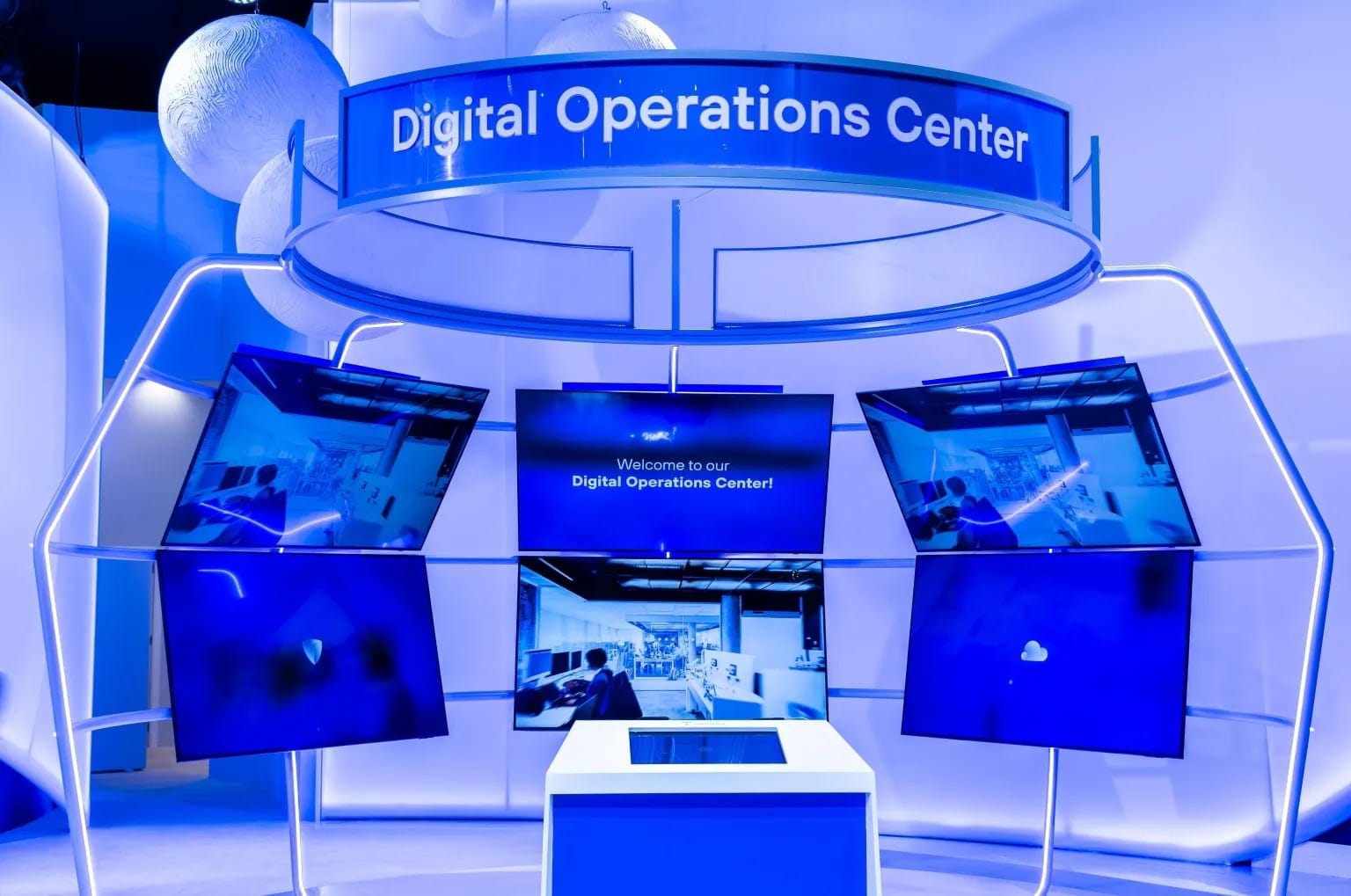Sure! Here’s the translation to American English:
Since the advent of fiber optic technology, Telefónica has undergone a transformation in the way it provides its connectivity services. Beyond merely marketing fiber optic connections, the company recognized that the true value lay in the quality of home WiFi, making it a fundamental pillar of its strategy.
The major technological leap in this area occurred with the launch of the HGU (Home Gateway Unit) in 2015, a device that marked a turning point in home connectivity. The innovation focused not only on connection speed but also on user experience, simplifying installation and equipment maintenance.
A Technological Leap in WiFi Connectivity
Before the HGU, homes required several devices to access fiber optic connections: an ONT (Optical Network Terminal), a router, and a WiFi access point. The HGU unified these three devices into one, simplifying infrastructure and optimizing performance.
This equipment introduced significant improvements, such as the incorporation of advanced WiFi 5 4×4, which allowed for greater speed, extended coverage, and the simultaneous connection of multiple devices. Additionally, it guaranteed interoperability with any FTTH GPON network, regardless of the provider.
From an operational perspective, the HGU facilitated remote maintenance, allowing for diagnostics and firmware updates without the need for physical intervention. Security was also enhanced with mechanisms that ensured system integrity and protected users.
Evolution and Improvements of the HGU
Over the years, Telefónica has evolved the HGU with new versions, adapting it to the growing needs of users. One of the recent milestones has been the introduction of the HGU WiFi 6, which increased coverage by 25%, tripled speed, and improved connection capacity by 40%.
To further extend coverage in larger homes or those with architectural barriers, Telefónica launched the Base Port (BP), a WiFi repeater that amplifies the signal and optimizes connection throughout the property. This solution has evolved into the Telefónica WiFi Mesh, which automatically synchronizes all connected devices and ensures a stable, uninterrupted network.
At the same time, the company has focused on sustainability in its devices. The HGU WiFi 6 reduced its energy consumption by 27% compared to the previous version, and recycled materials have been used in its manufacture, along with minimizing the use of plastics in packaging.
Toward a New Era with the XHGU WiFi 7
Telefónica’s commitment to innovation does not stop. The company is already preparing the XHGU WiFi 7, which will be compatible with the new generation of connectivity XGS-GPON. This device will not only improve network speed and stability but will also integrate with the Open Home architecture, allowing for advanced personalization of home connectivity through artificial intelligence and cloud services.
The HGU ecosystem has radically changed the way Telefónica provides its connectivity services, ensuring that its customers enjoy a high-level wireless experience. With each evolution, the company strengthens its leadership in developing technologies that drive connectivity in the homes of the future.
Source: Noticias Teléfonos

